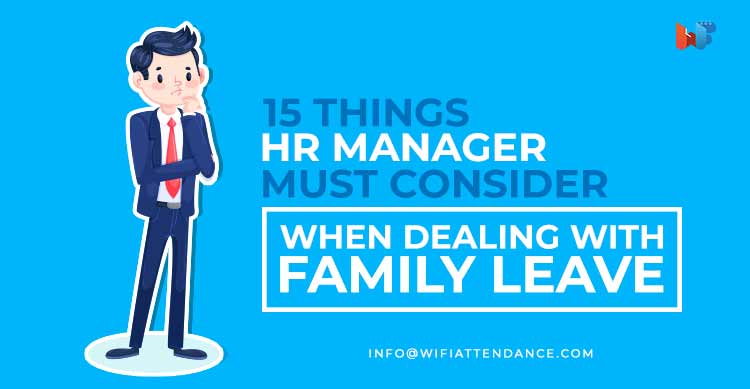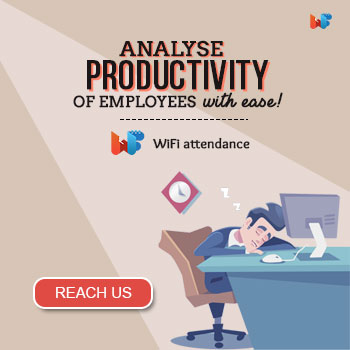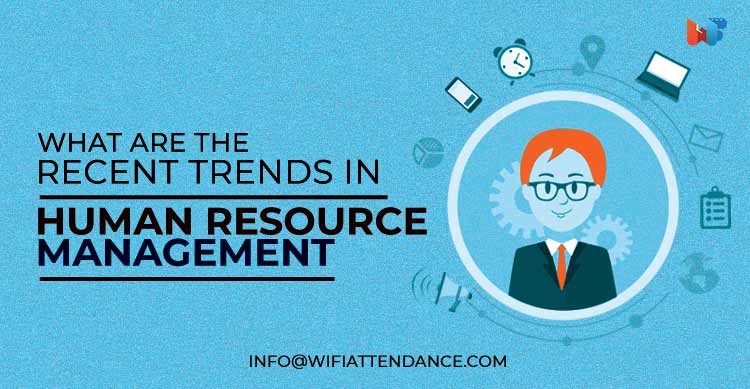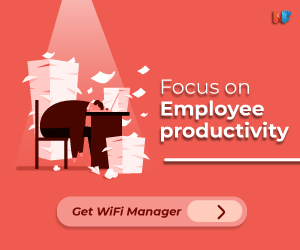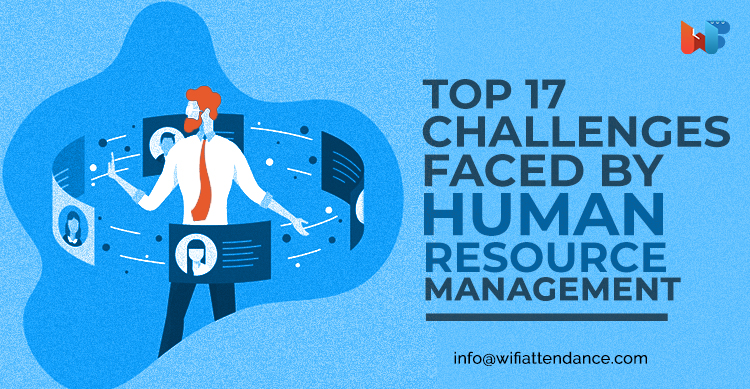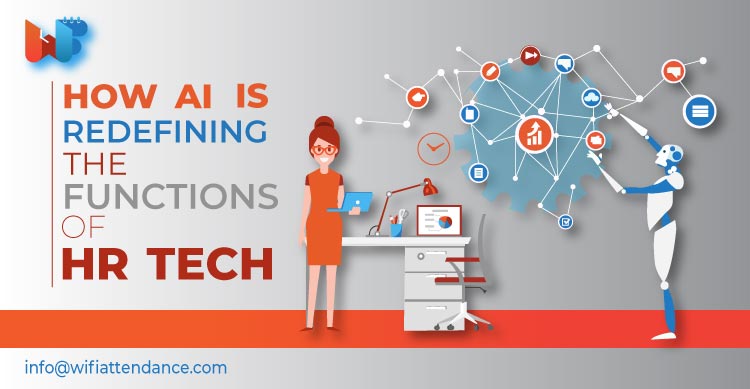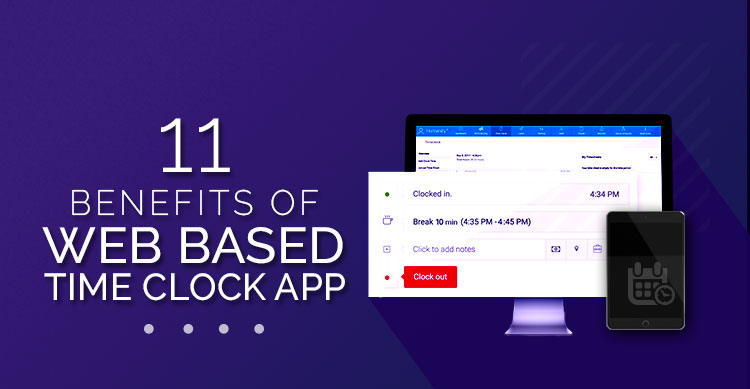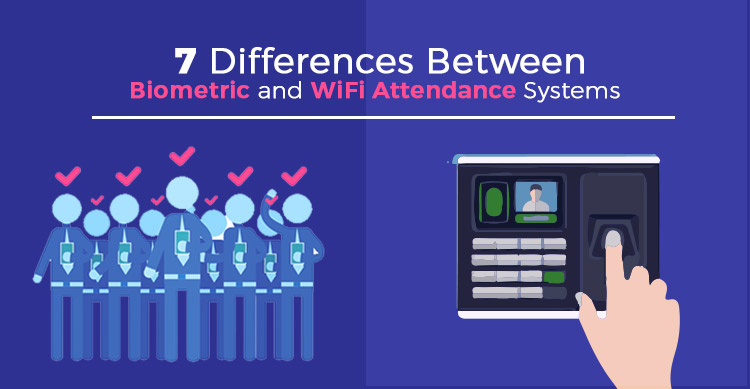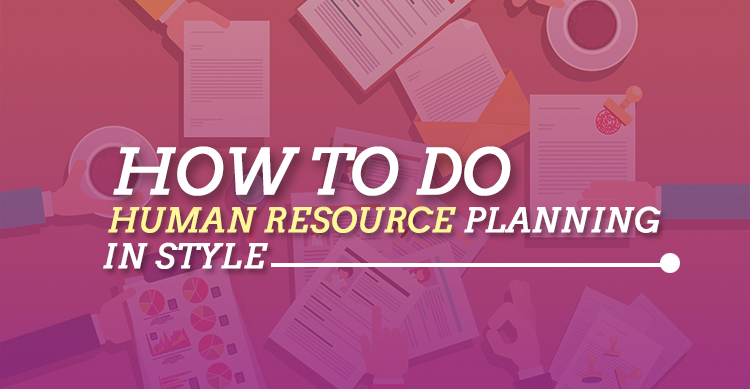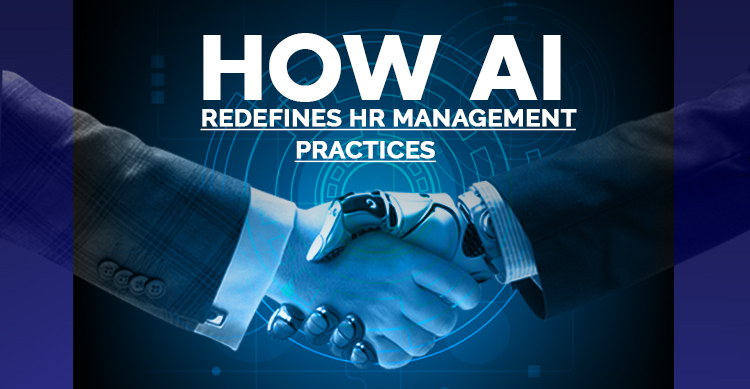What is Family leave
The leave of absence taken to attend a family member is called Family leave. It’s there right in the name. It could be a leave taken to take care of a child, illness of spouse, parents, siblings or other immediate family members. Family leave is usually unpaid leave.
Read Also: 6 Ways How Poor Leave Management Impacts Business
Leave balance will be deducted from the employee’s account; they will face Loss of Pay.
Some companies, however, do provide paid Family leave.
Well, good for you if you are employed in one of these organizations. Paternal leave is an example of paid leave.
Some organizations have finally come to believe that paternal leave should be considered paid leave, and all are expecting mothers are given up to 6 months leave to tend to their new-born.
Some organizations also provide up to a month’s paid leaves to fathers of new-borns. Paid leave is not a facility available in most organization. However, the Human Resource does sanction Family leaves for those who require it.
Things HR Manager Must Consider When Dealing With Family Leave
Now that we are aware of what Family leave is, let’s look at this topic from the Human Resource point of view.
Irrespective of the organization’s policy of paid or unpaid leave, expecting parents will definitely need to take leaves for an extended period.
An emergency in the family would also lead the employees to take up Family leaves on an unplanned basis.
Let us look at how the Human Resource team can possibly prepare for such situations and what the Human Resource team needs to keep in mind which sanctioning the Family leaves:
1. Understand the law
Different countries and different organizations follow a different set of rules for Family leave. It is essential that the Human Resource team is aware of the set rules in the first place.
Multiple employees will have multiple questions when they are planning on taking Family leave. Human Resource team should be in a position to explain the policies clearly to the employees.
There have been cases where organizations have been sued based on incorrect information shared by the Human Resource team. Being aware of the policies and rules is the best practice.
2. Documentation of Family leave policy
How will you explain the Family leave policy to your employees if you have doubts yourself? It is important to have documentation of the company’s approved Family leave.
The Family leave document can be shared with all employees and also used as a reference by the Human Resource while explaining the procedure to employees.
You can always make exceptions to the Family leave policy as per employee requirement if needed; however, it is best to adhere to the policy.
3. Prepare for the workflow
In cases where you know that the employee is expected to go on Family leave, enable managers to distribute work among the other team members.
It is the Human Resource team’s responsibility to ensure that the hand over document is collected from the employee. This needs to be verified with the team manager before the employee is let go on the Family leave.
Human Resource teams can enable managers to cross train each team member to avoid bottleneck situations not only during Family leaves but also during the emergency absence of any employee.
4. Respect the employee’s privacy about the reason for Family leave
Employees may not want the whole firm to know the reason for their absence. Human Resource needs to respect this and be discreet about this information.
All is well and good if employees themselves want to share personal information with their colleagues. Ensure that you are not the one doing so.
5. Benefits made accessible
Explaining the policies and procedures to employees does not mean that they have it all sorted. Employees would have technical doubts even after they go on leave.
How to apply for the insurance, what costs are covered by the insurance, can the Family leave be extended, etc., are some common examples. It is important for the Human Resource to be available for the employees while they are on Family leave to clear their clarifications.
Creating an online portal with consolidated information of all leave policies would also work well for both you and the employee.
Setting up an Employee Assistance Program – EAP is also an idea that will work well for both parties. This will work as a separate dedicated line for employees to contact during crisis while on Family leave.
It is also important that Human Resource does not provide additional information and invade employee privacy or confuse them about what they already know. Additional stress is not something the employees need to go through at the time of an emergency.
6. Flexibility
Being a new parent is a huge change. The Employee would like it if the organization they work in is flexible about their work timings and the other mini little things.
Human Resource can play a huge role in enabling this for the employee. It’s okay if they turn about a little late or if they want to bring their baby to work because their house help did not turn up that day. Don’t sweat about these minor things.
However, it is important to ensure that employees do not take advantage of this flexibility. Human Resource team have to know where to draw the line.
Some companies bring in employees part-time after Family leave. This benefits both the employee and employer alike.
7. Contingency plan
It is often seen that parents may want to switch their job profile or work timings to suit the needs of the children. This includes male and female parents alike. Human Resource needs to ensure that they are prepared for such a possibility when the employee goes on Family leave.
Read Also: 15 Tips For HR Managers To Create A Sustainable Company Culture
Employees may want to continue on the same project with different work timings or role or may want to change the project in itself if they feel that the project does not allow them to be flexible according to their need.
Human Resource team needs to identify a backup person for the job, should the employee return with issues in continuing in the role.
8. Change in employee benefit policies
With all the budding excitement of new parents, it is possible that they forget to add their baby as a dependent on their policy. Human Resource needs to follow up with the parents and explain the dates within which these forms need to be filled.
The additional changes in the policies need to be explained to the employees.
9. Being sensitive
An employee returning from Family leave may not always be bearing happy news. Family leave could have been taken due to a death in the family, illness or other unfortunate instances. Human Resource team needs to ensure that the employee’s situation is handled with the utmost sensitivity.
Human Resource needs to guide employees through a difficult time to make them comfortable and have a smooth transition time.
10. Celebrate when needed
Just like helping an employee through tough times, it is also important to celebrate when they have great news. Gifts could be sent to hospitals in case of childbirth.
11. Post birth accommodations
There may be cases where the organization would have to make few accommodations for employees that have a new-born in their family. Human Resource needs that they assist employees in such cases.
Change in their insurance plan, work timings, etc., are some examples of changes that may be expected. Human Resource needs to be prepared for these.
12. Additional childcare benefits
Though not a necessary option, it is helpful when employers accommodate additional child benefits such as in-house daycare or providing subsidies for the employees.
It is seen that organizations that provide one such option so employees can retain these them for longer than in other organizations.
13. Work-Life balance
It is not right for the managers to bombard the employees with work as soon as they get back from Family leave. Human Resource needs to ensure that these employees have a proper work-life balance after they return to work and don’t spend most of their time at the office and not with their children.
This occurs when there is lack of planning. Having a backup while the employee is on Family leave is essential to ensure that they do not be burdened when that get back. It is seen that attrition is higher in programmes that fail to provide work-life balance to a returning employee.
14. Changes in pay discussion
It is possible that an employee may want an increase in their income, considering there is a newcomer in the family. Human Resource needs to anticipate this discussion when an employee returns.
Most people don’t realize how expensive hospitals can be. Once most of every penny is spent from the savings, they would like to get back to the organization and discuss redefining their pay structure.
15. Connect employees with other new parents
Human Resource does not have to carry all burdens on their shoulders. They can always connect the employees and have them discuss their experiences. A lot can be learnt from such sessions, and this will also work as moral support.
Read Also: How WiFi Attendance Makes HR Manager’s Job Simple
So, these are some of the tips about things an HR must have in her consideration list while sanctioning family leave.
